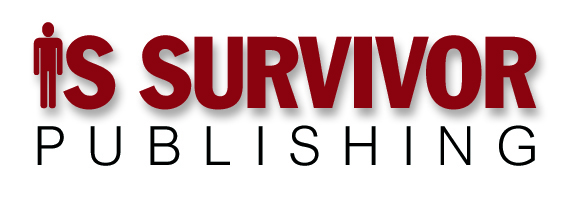Among the many books I’d like to write but probably won’t, Selling Strong Engineering To Executives is high on the list. I probably won’t write it because even the best techniques aren’t reliable enough to be worth codifying. But you have to try.
Regular correspondent Jon Lee pointed out the relevance of the Challenger disaster to this topic. Richard Feynman, the Nobel Prize-winning physicist, was on the Rogers Commission that investigated the tragedy. His personal observations are worth reading in their entirety. A very short version goes like this: NASA’s engineers assessed flight risks to be 1,000 times greater than the managers who decided whether missions should fly.
I’ve coined a term for this mathematical transformation: Direct Reduction In the Value of Engineering Likelihoods (DRIVEL).
NASA’s managers were, and probably still are under tremendous political pressure to get the shuttle in the air. People being what they are, they persuaded themselves the engineers were exaggerating the risks. They rationalized their DRIVEL with this “logic”: “It hasn’t happened yet.”
Publicly held corporations justify bad decisions with DRIVEL too, and they do it all the time. Every professional project manager knows this, because every one has been put in charge of at least one project whose launch has been delayed due to executive dithering but whose deadline, scope and budget remain fixed.
If it’s an internal project, the executives rationalize the DRIVEL by telling themselves the estimators padded the original schedule (guaranteeing, of course, that they’ll pad the next one). If it’s an outsourced project, they rationalize it by telling themselves it’s someone else’s problem — the company contracting to perform the work.
The contracting company applies similar DRIVEL to its computations, because it gets the revenue now. By the time the future gets here anything can happen — everyone in a position to blow the whistle can find a way to get promoted out of harm’s way or hired by a competitor. If the project manager or account manager protests, you know what happens. That’s right — the senior decision maker says (all together now, with feeling): “If you can’t do it, I’ll find someone who can.”
It’s always the same equation: Sound career management trumps sound engineering.
You’d think those responsible for the health of the organization would take steps to keep DRIVEL out of the decision process. You’d be wrong, because … and this insight is crucial to understanding the situation … in most large organizations the owners don’t want them to.
That isn’t the case in companies with a single owner or whose ownership is closely held. Those owners run the company, make the decisions, and will be around to be damaged by the fallout of bad engineering. Privately held corporations have their flaws, but DRIVEL-driven decision-making isn’t often among them.
Government certainly isn’t like that. We citizens have come to think of ourselves as government’s customers, not as its owners. We want the best deal, that’s all. When it comes to the public sector, many have given up entirely on the concept of a healthy organization. Few consider government’s health to be their responsibility.
In this, they are exactly the same as the owners of most publicly held corporations. They, the shareholders, don’t think as owners do either. Their stock is just a commodity, to be bought low and sold high. The board of directors and chief executive officer, who run the company on their behalf, are their agents, obliged to subordinate personal preference to the shareholders’ will. And we wonder why many are paid enough in one year to retire. (It would be interesting to compare the level of DRIVEL in companies whose shareholders care more about dividends than growth. I’d guess it would be lower, but I have no evidence either way.)
The situation isn’t entirely hopeless. Many Wall Street analysts do pay attention to planning and decisions that pay off in the longer term. They have to. Today’s profits and the next-quarter forecast are already reflected in the stock price. It’s longer-term planning that will cause a share of stock purchased today to be worth more in the future.
It is possible to sell superior engineering to executives. It isn’t easy, and you just have to remember: The engineering itself doesn’t matter to them. In the end they only care about four issues: Increasing revenue, decreasing cost, reducing risk, and how achieving one or more of these goals will affect them personally.
That’s how they define strong engineering. Your job is to help them recognize it when they see it.
